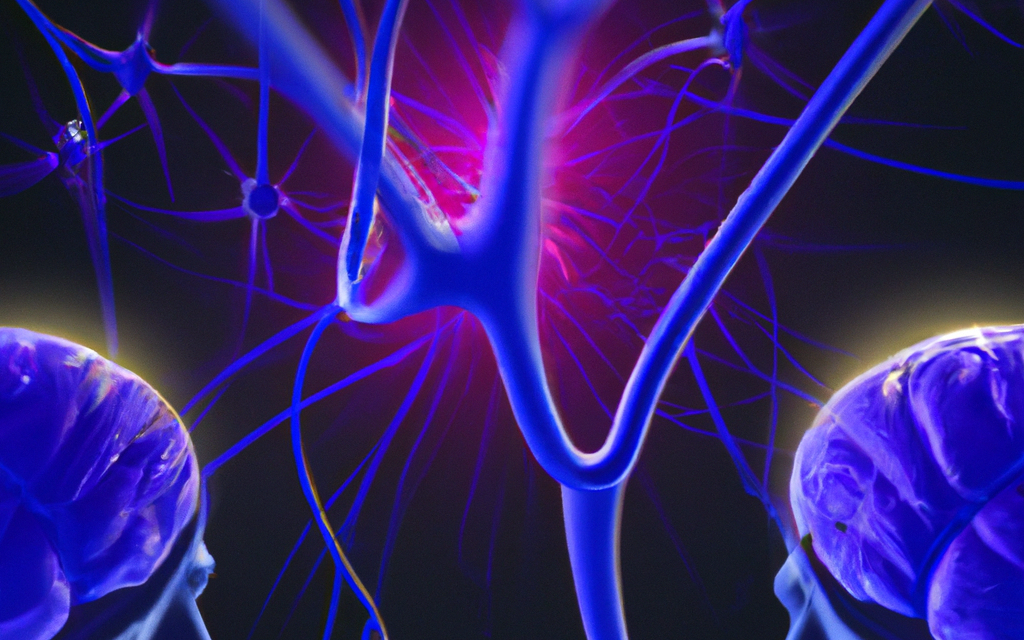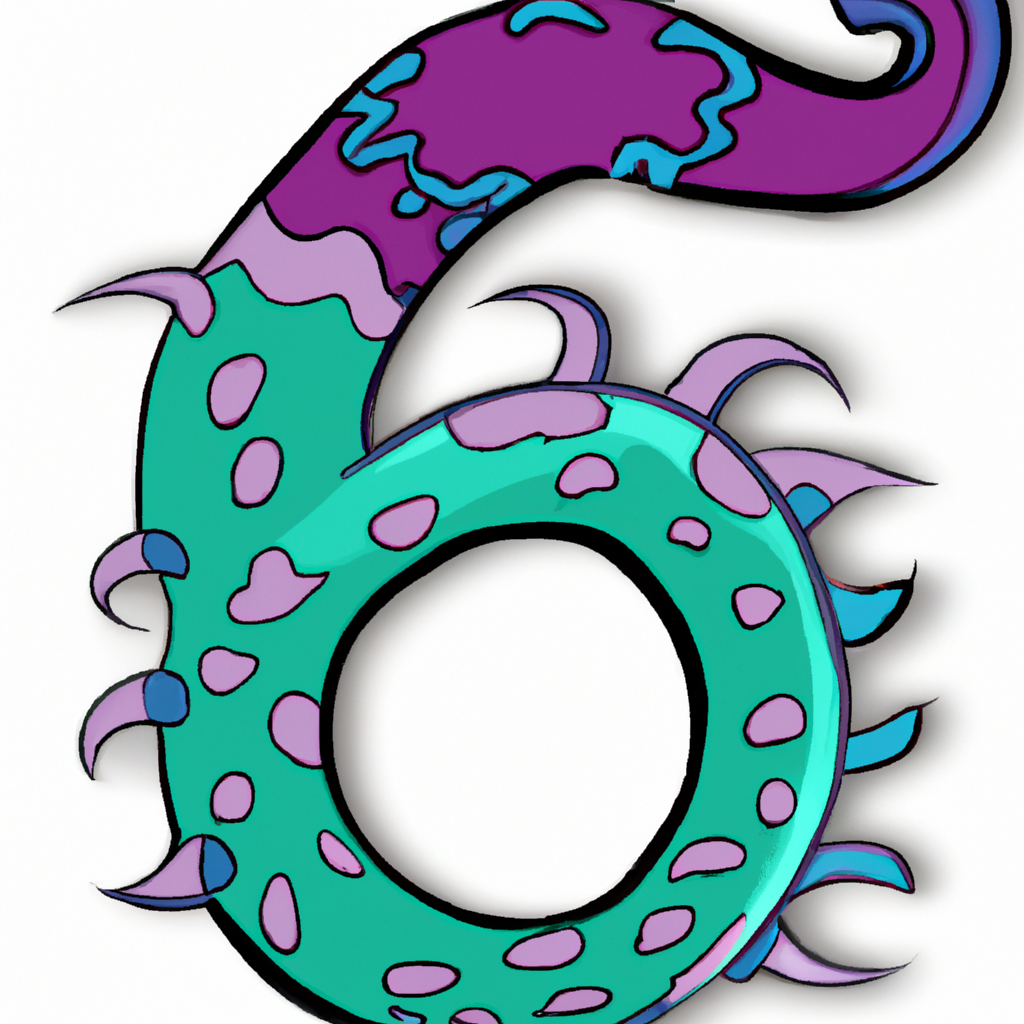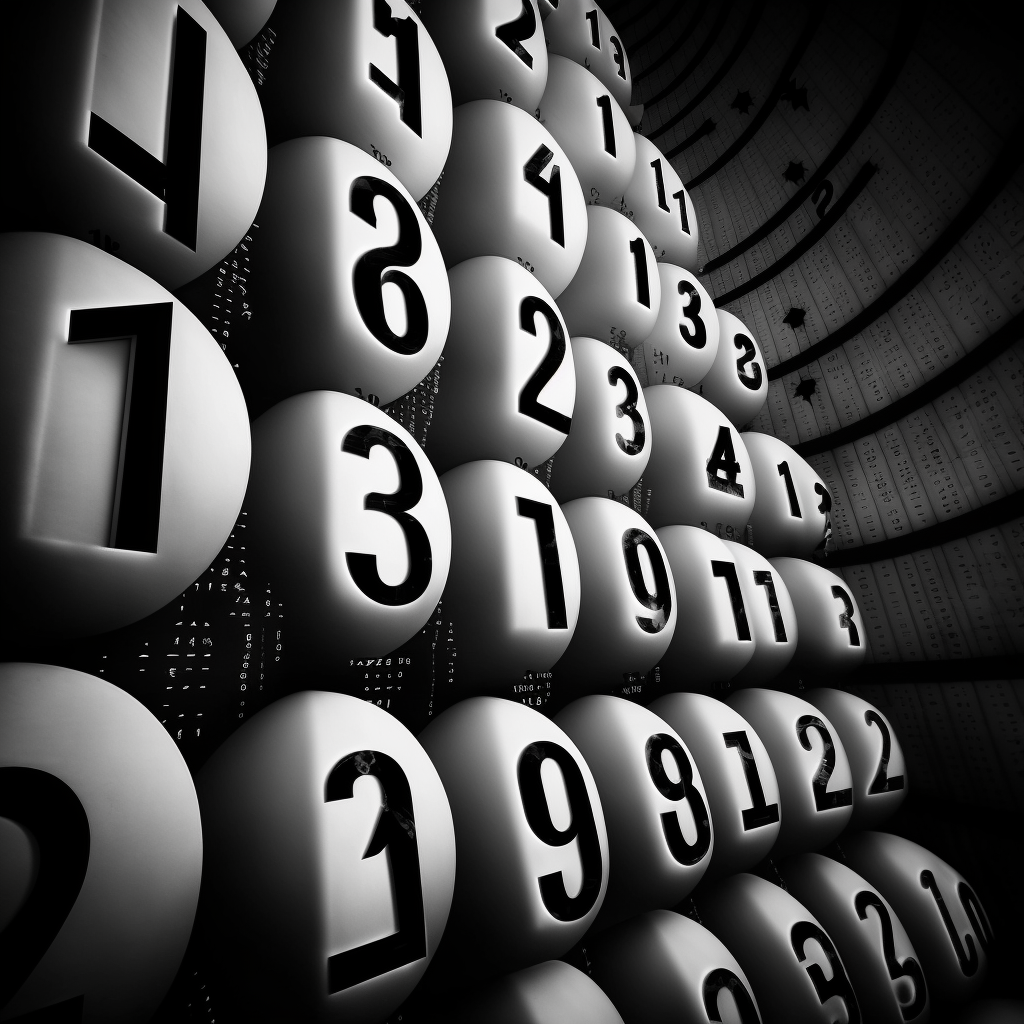From tasting words to seeing colors in numbers, synesthesia is a fascinating phenomenon that blurs the boundaries between our senses. Join us as we unravel the mysteries of synesthesia, a phenomenon that reveals the fascinating interconnections of our senses.
The Fascinating World of Synesthesia: An Introduction

Synesthesia is a neurological phenomenon in which one sensory or cognitive pathway leads to automatic, involuntary experiences in another sensory or cognitive pathway. It is characterized by the unusual blending of two or more senses, where the stimulation of one sense triggers a response in another. In other words, it’s a condition where the brain involuntarily and automatically “crosswires” the senses. For example, hearing a sound may cause a person to see a specific color, or reading a word may elicit a taste in their mouth. Experts believe that approximately 4% of the general population experiences this, and it occurs more frequently among women than men.
Types of Synesthesia: The Sensory Perceptions Beyond Ordinary Experience
Grapheme-color synesthesia
This is the most common type that associates specific colors with letters and numbers. For instance, a person might always see the letter “A” as red and the number “5” as green.
Chromesthesia
This is a type that associates sounds with colors. For example, hearing a flute might produce the visual sensation of the color blue.
Spatial-sequence Synesthesia
In this, a person’s sense of numerical sequences, days of the week, and months of the year is related to specific geographic locations. For example, someone suffering from this disorder may see the digits 1–10 arranged in a line from left to right, with each digit occupying a consistent spot on that line. The person will always see the number 1 on the far left of the line and the number 10 on the far right. This is an instinctive experience that the individual does not have control over.
Number-form synesthesia
This is a condition where individuals perceive numbers as having distinctive shapes and orientations. For instance, a person might observe the number “6” as resembling a horseshoe in shape.
Lexical-gustatory synesthesia
This is the type that associates words and phrases with specific tastes. For example, the word “crayon” might be associated with the taste of strawberries.
Mirror-touch synesthesia
This is a rare type in which a person feels the same physical sensation as another person who they observe. For example, if a person observes someone else being poked in the arm, they may feel the sensation of being poked in their own arm.
Auditory-tactile synesthesia
In this type, certain sounds can trigger a physical sensation on the body. For example, a person might feel a tickling sensation on their skin when they hear a certain type of music.
Researchers have identified many types of synesthesia, and these are just a few examples. It’s essential to note that people with synesthesia can experience a wide variety of specific sensations, and the type and intensity of sensory blending may differ between individuals. Although scientists have made progress in studying synesthesia, they still lack a complete understanding of its underlying mechanisms, and more research is necessary to fill this gap.
Managing and Embracing Synesthesia: Insights and Implications




Scientists do not fully understand the exact cause of synesthesia, but they believe that differences in the way the brain processes sensory information result in this phenomenon. Overall, while synesthesia is a rare condition, it offers a unique insight into how the brain processes sensory information. Synesthesia offers a unique insight into how the brain processes sensory information, although it is a rare condition. Many people consider it to be a unique and interesting part of their experience, and it is often considered harmless. Strategies such as learning to distinguish between the sensory experiences triggered by the condition and those triggered by real stimuli can manage synesthesia. Some individuals with this condition may also choose to use their experiences in creative ways, such as creating art or music inspired by their synesthetic perceptions. Nonetheless, researchers still need to conduct further studies to fully understand the underlying mechanisms of this phenomenon and its potential implications for understanding the human brain.
If you want to gain further knowledge about it, you can purchase the recommended book
